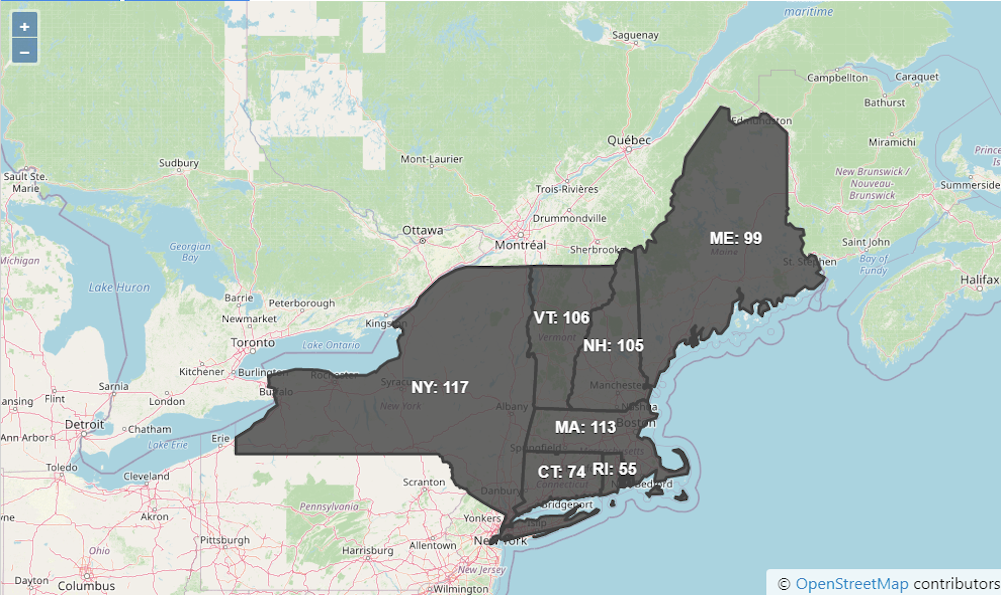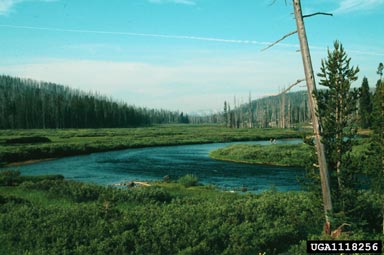Find the data and methods you need to monitor the impacts of climate change on our forests.
Forest ecosystems are experiencing the impacts of climate change in many forms, and monitoring is critical for tracking and understanding these impacts. This tool, developed for use by researchers, professionals and land managers across the region, lets users find methods and protocols for monitoring climate change impacts.It also shows where these monitoring efforts are already being conducted in our region and provides a quick visualization of where there are gaps in our monitoring. As contributors in the Cooperative region share more information about their own monitoring efforts, these data will become available to the community through this tool.
With input from a panel of regional experts, the FEMC identified 24 important indicators of climate impacts. This list is not comprehensive of all possible indicators, but is meant to capture the most commonly measured and most accepted methods of quantification. Based on the recommendations and literature review, the indicators cover a range of population and community level processes. More details can be found on the About page.
 The number of monitoring studies by state, go to the monitoring page to explore studies in your area!
The number of monitoring studies by state, go to the monitoring page to explore studies in your area!

UPDATE3 Aquatic systems are an important part of watershed dynamics and connect large areas of land to one another. Freshwater systems are an important part of aquatic systems and include lakes, rivers, ponds, vernal pools, and wetlands. Freshwater species such as fish and macroinvertebrates can be great indicators of aquatic system health and responses to change. Vernal pools, which are sensitive to degredation, are also important systems to monitor for signs of climate change.

Forest systems are complex, terrestrial systems that include the ecosystem processes and functions of flora and fauna. Forested system dynamics depend on the interrelated function of all organisms and abiotic factors in a landscape. These dynamics include relationships between pest and pathogens, pollinators and host species, undestory plants and invasive species. By quantifying some of the most robust metrics of forest system dynamics, the impacts of climate change can be measured.

Trees are a foundational component of forested ecosystems and play an important role in determining how forests respond to climate change. Within the forested system, tree stand health and function is one of the most important metrics of ecological resilience. As climate patterns (i.e. precipitation, temperature, storm damage) change, trees will experience novel conditions. This can result in changes to mortality, growing season, ranges, and overall biodiversity. These parameters can be monitored to identify the impacts of climated change-driven shifts.

Wildlife are often highly adapted to their native habitats and are thus good indicators of ecosystem health and the impacts of climate change. Due to their varying natural history and different scales of home ranges, mammal, birds, and amphibians are important indicators of overall forest health. The population dynamics of vulnerable species can provide clues to the long-term health of various forested systems.